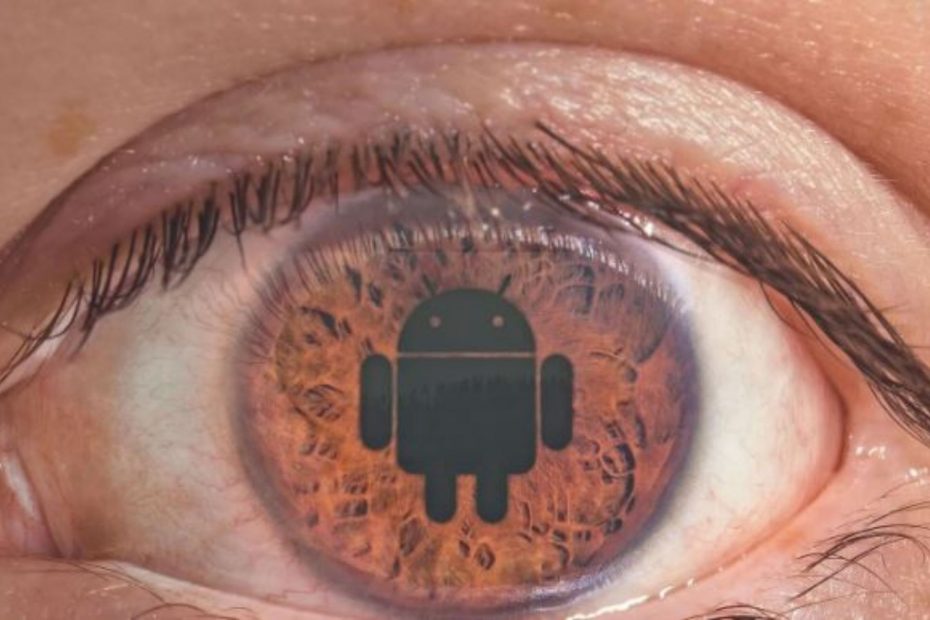Having proper Android security should always be a goal, as protecting the important information on your phone must be a priority. Research has shown that nearly 40% of Android users have pattern locks on their phone, and further research is shown that they are not as secure as you hoped them to be.
Android security issues: Pattern locks
Most Android users that use a pattern lock feel that they are safer than the traditional alphabet and number system of PINs. The data will make you think that pattern locks are more secure:
- Four-digit pins have around 10,000 different combinations.
- Pattern blocks, with nine nodes, offer over 389,000 different locks
Your phone is full of sensitive information such as your address, your credit card data, banking apps, and sensitive photographs which should be protected by an app locking tool.
You should definitely secure this data, and you think that intricate pattern locks will be the ultimate solution. It’s wise of you to start thinking about these things, but we may show you right now that pattern locks are an Android security issue.
Why pattern locks don’t work for Android security
Android phone pattern unlock system cracked in less than five attempts @EandTmagazine #security #hacking #Android https://t.co/1f37IYWWYO
— Mark Sinclair (@markcsinclair) January 27, 2017
A team of researchers found that most Android screen locks can be cracked within 5 attempts. This study found that:
- Patterns can be recorded by someone who looks to be casually playing with their phone.
- This is when viewed from a distance of 4 to 5 feet, and after one viewing.
- This is roughly the same distance as someone sitting behind you on public transit, in a restaurant, or anywhere else in public.
Professor Adam Aviv Went on to say in this study that:
“Patterns are really nice in memorability, but it’s the same as asking people to recall a glyph. Patterns are definitely less secure than PINs.”
Another issue is the feedback lines as you trace your finger. This helps people also see your pattern and remember it. Different versions of Android vary, but you can turn it off by going to:
- Settings
- Lock screen
- Secure lock settings
- Turn off make pattern visible
Before you get too excited, even turning this off does not have that significant impact on whether or not someone will remember your pattern.
How to get more Android security
People are now using fingerprints and facial recognition, but PINs and patterns are still largely used. Those who do not want to use fingerprints or facial recognition, such as those who do not want to be forced by police or law enforcement to open their phones without a warrant, will not be using biometrics.
Here are a few things that you can do to make your unlock screen more secure:
- Do not start your pattern from the top left. It’s just too obvious a place to start; it’s where most people start reading from.
- Making sure to cross over your pattern at least once.
- Turn off the show pattern feature in your security settings.
Those are limited, and there are still other ways that you can get better Android security:
- Continue using traditional PINs, but make them longer.
- Do not use any personal information, such as your birthdays, anniversaries, or address.
- Add unique characters into your password.
- There are also alternative lock screens that you can put on your Android device. This can be used as a screen which opens up certain features (but not everything) as you have to enter another password to get full access.
Passwords and biometrics are the best things that we have going right now. If you choose to continue using a pattern lock, please try to combine it with at least one other blocking method.
Other Android security tools
Once you have the perfect lock screen, you need to secure your Android when you are using it. If you ever use public Wi-Fi networks (such as that the local shopping mall, coffee shop, or restaurant), you will need to protect yourself within encryption. This is because hackers like to set up their own Wi-Fi networks in public spaces so they can hack the connection.
You can automatically protect yourself by downloading a quality VPN and connecting to a server as soon as you connect to public Wi-Fi. My top recommendation for this is IPVanish VPN. It is not just great for Android security. It works across a wide range of devices which will protect you on nearly everything you use to connect to the Internet.
